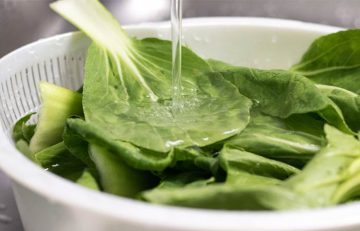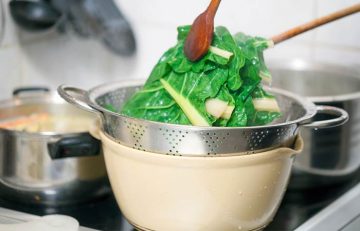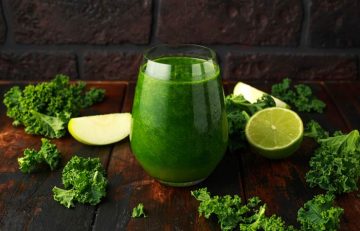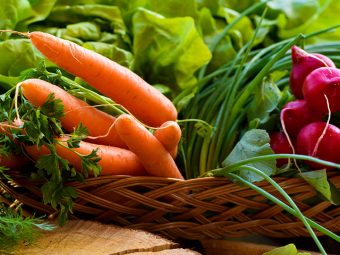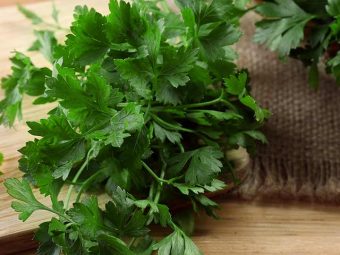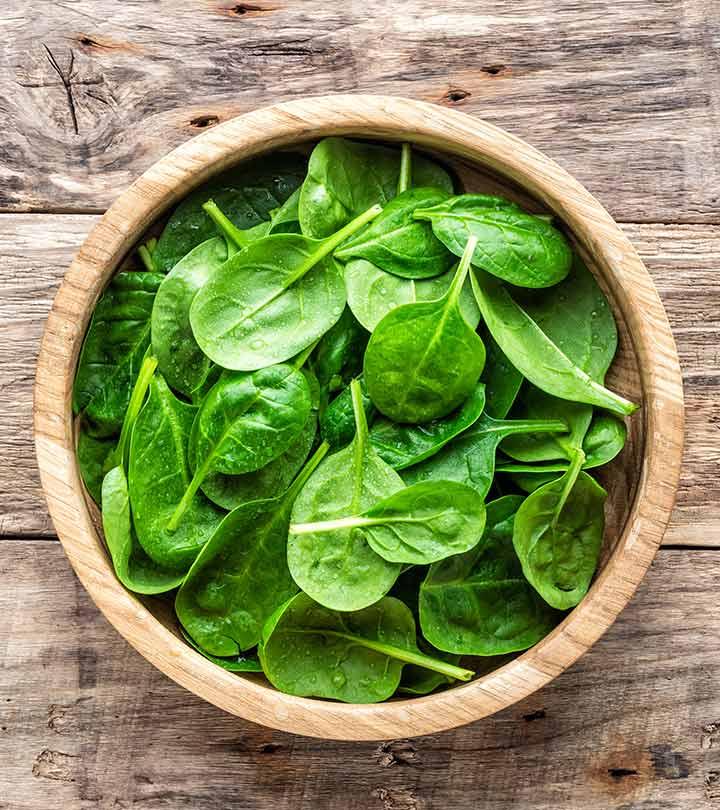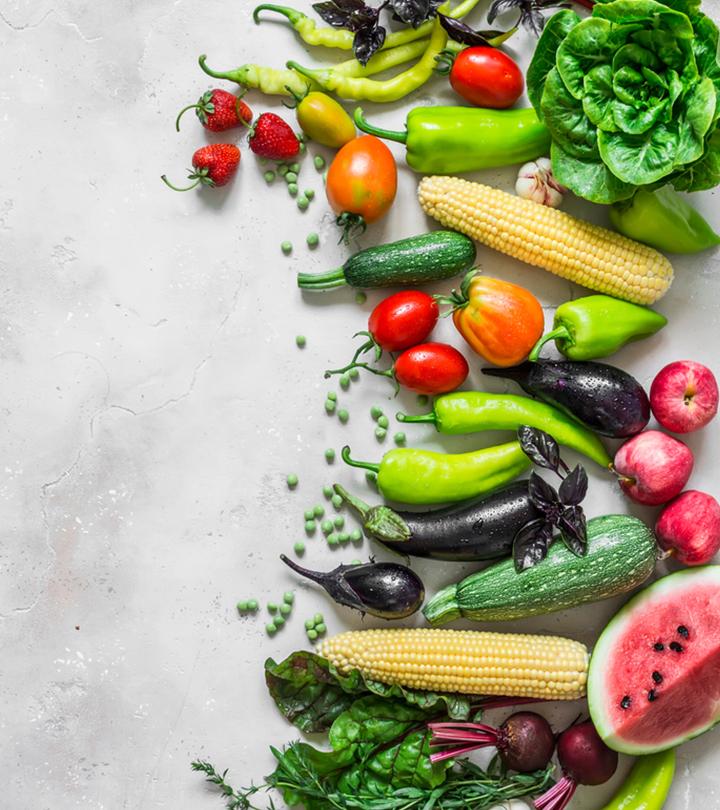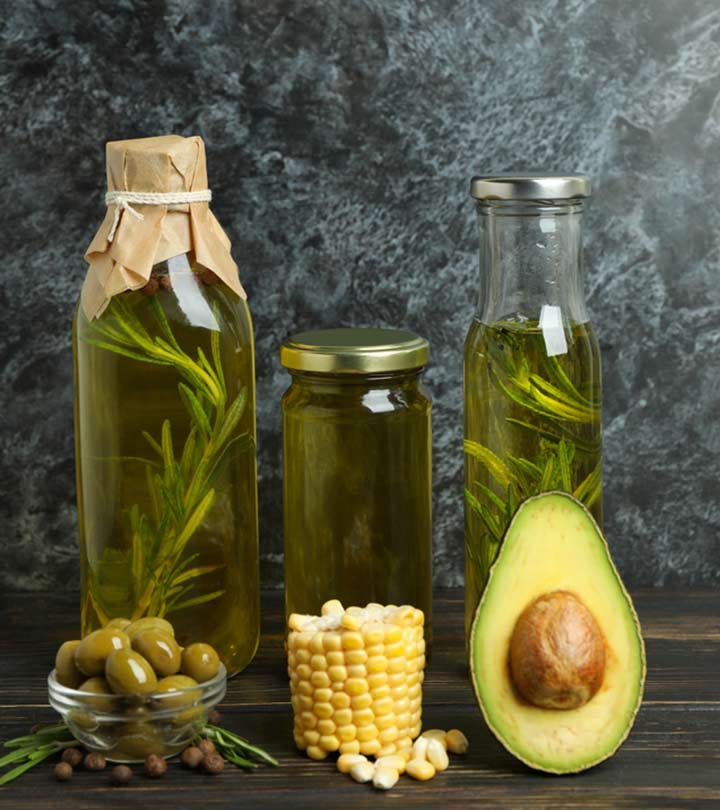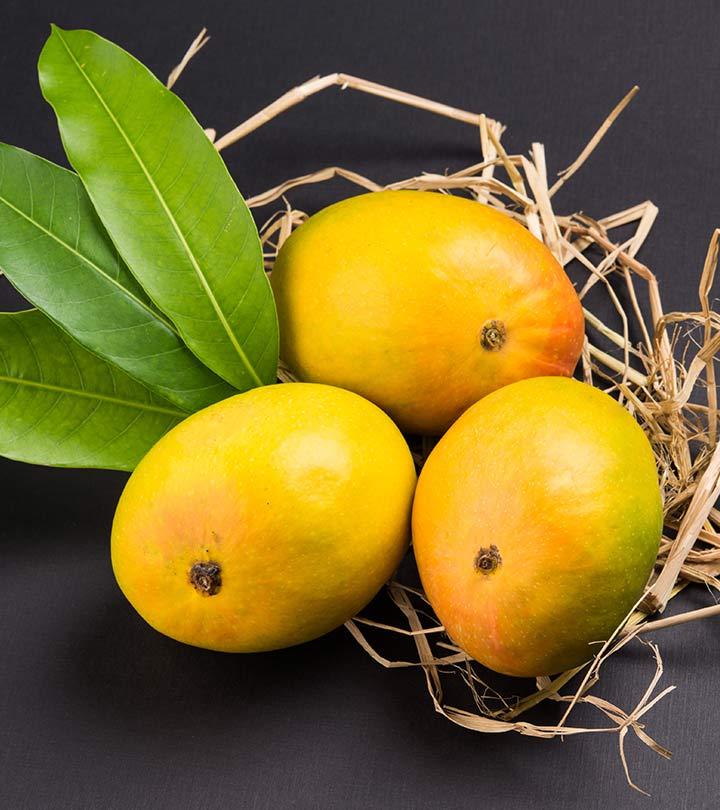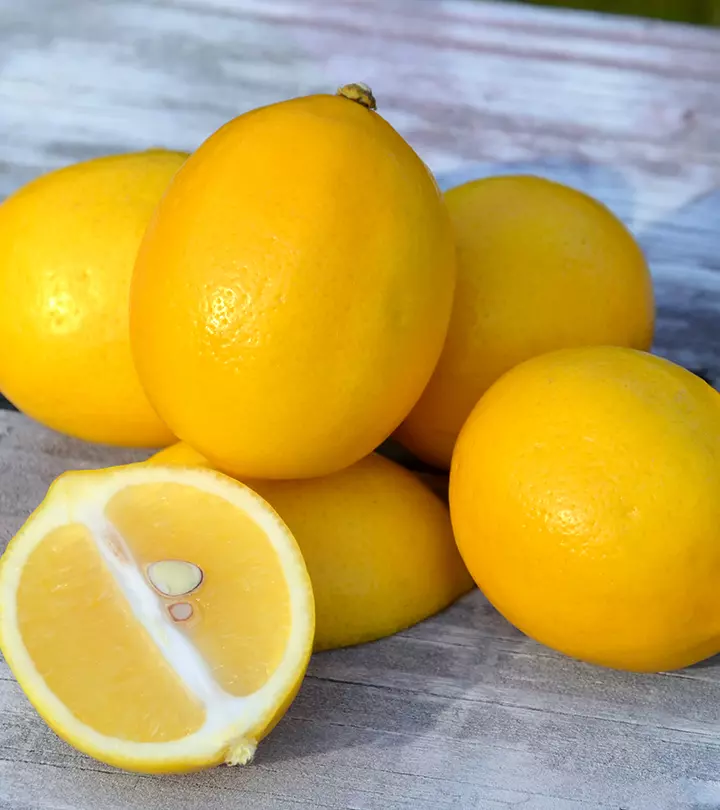Stop Throwing Food Away! How To Store Leafy Greens
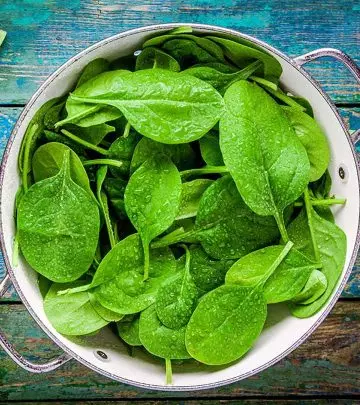
Image: Shutterstock
The hallmark of growing up is the realization that your parents were right along, and if you had even an iota of good sense you would have listened to them a whole lot sooner. In my case, that realization came when I went to the doctor for a normal check-up and he prescribed folic acid tablets because I didn’t have any green veggies in my diet.
Realizing that Popeye was right all along, I made it my mission to include as many veggies as I could in my diet. While I did buy a lot of green produce from the market, most of it couldn’t make it to my plate. Turns out the green veggies are an extremely perishable commodity, even if I brought them home a day before I intended to eat them, they would wilt by the time I would want to use it in a sandwich or salad.
Tired of spending money on the green produce which I couldn’t eat, I decided to do something about it. I began to look for ways to store the leafy greens to minimize my food wastage and maximize my health gains. After exhausting all the available resources on the Internet and begging my mother for her sage wisdom, I came up with a fool-proof way to store the leafy green vegetables so that they don’t end up in my dustbin the next day. Intrigued? Read on to find out more.
The Perfect Way To Store And Consume Green Leafy Veggies — The Three-Step Method
Step 1: Wash
- Place the leafy vegetables in a colander and put the colander in a large pot and place the pot in the sink.
- Turn on the tap in the sink and run the water till it fills up to the brim in the pot.
- Now, ensure that you rinse all the leaves thoroughly. Then take out the colander containing the veggies from the pot. You will see that the pot is filled with muddy water and the colander will have wet vegetables.
- Dump the dirty water in the sink and repeat the process once again.
- Repeat this process until the point when the water in the bowl is no longer dirty. After which you can take out the veggies and set them aside to dry.
Step 2: Store
- Take a large storage container or a zipper bag, and line it with paper towels. You can also specifically set aside a few food containers for this purpose.
- After you have dried the washed veggies, you can transfer them in this bag or container. After that, place another paper towel on top of the vegetables.
- Once you have done that, place the container or the bag in the refrigerator.
Step 3: Freeze For Later Use
- Follow the process detailed above in order to wash the vegetables.
- After washing them, place them in a large pot containing boiling water for about two minutes. This process is known as blanching. It’s a great way of preserving the nutrients in the vegetables while making them suitable for use over a longer period of time. It does so by killing the enzymes in them which are responsible for their deterioration. It also helps seal the flavor and color of the veggies (1). Although, take care to not leave the vegetables in the boiling water for longer than 2 minutes.
- After blanching the vegetables, transfer them to a bowl containing ice water, this will stop the cooking process. Let them sit in it for about two minutes and then drain the water.
- Now, transfer them to small zipper bags and seal them. Before sealing, ensure that there is no air in the bag. Now, you can store them in the freezer and use them whenever you want, and they will still retain their flavor and nutrients.
However, your job doesn’t end here. In order to make sure that the veggies that you bought end up becoming a part of your daily diet, you need to check to your fridge to see what needs to be used on priority. Try to use the produce before it goes bad. You can do so by including it in your daily meals. You can even swap your daily coffee or tea for a kale smoothie.
The leafy greens are a source of numerous benefits, from slowing down the effects of the aging on our brain to preventing diabetes, they do a lot of heavy lifting when it comes to our health (2), (3).
Do you know of any other ways or means by which we can preserve and use green leafy vegetables? Share your tips and tricks in the comments section.

